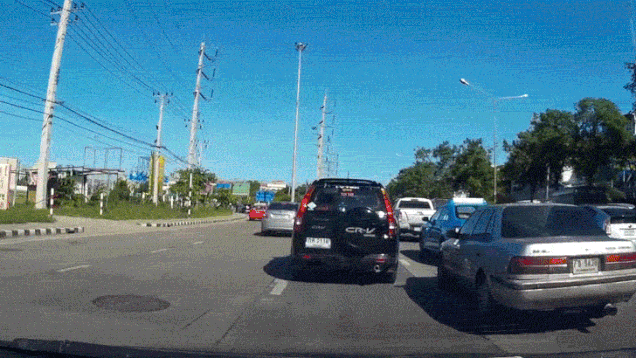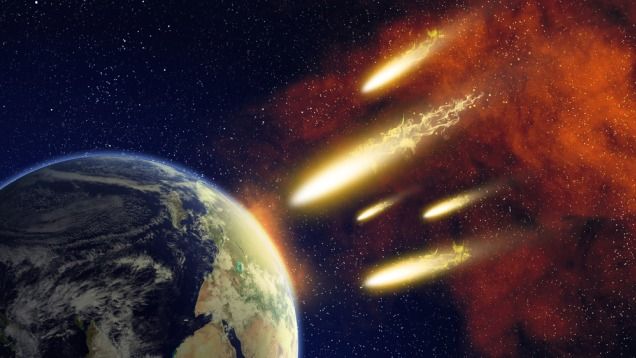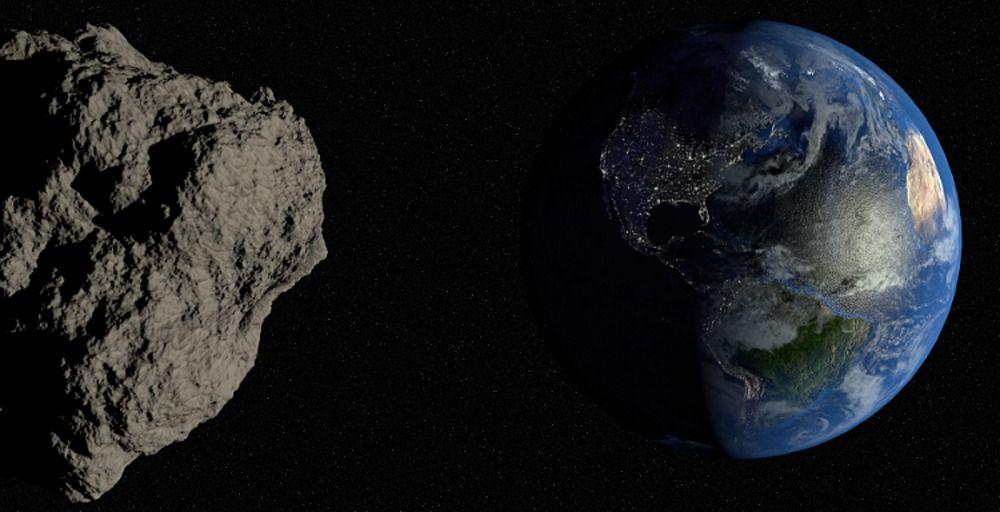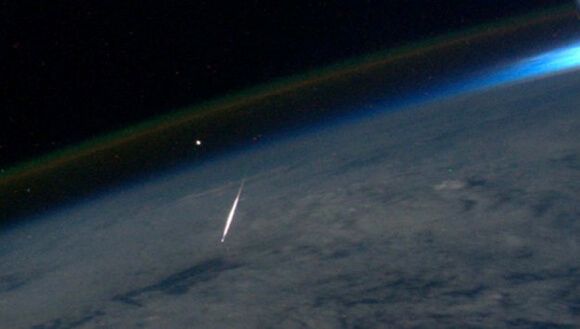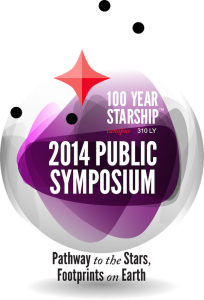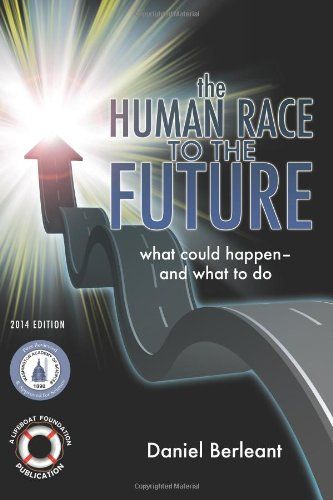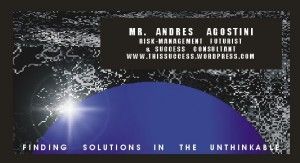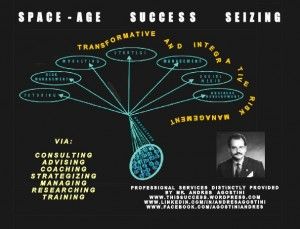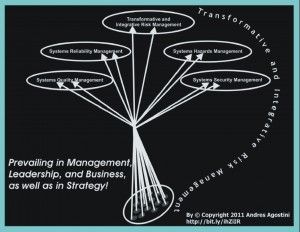Planet Earth, Zemlia, di qiu, Avani, la monde, la tierra, der erde — each of these names, in their respective language, puts significance on the physical stuff held together by gravity beneath our feet, the foundation upon which we’ve built our ever expanding civilization.
We did not fully understand that stuff to be a planet until a few hundred years ago.
How quaint. How archaic.
How utterly primitive to think that in our ongoing effort to categorize and name the stars, planets, galaxies, and other celestial objects around us, we fail in the most basic sense to understand our own place in grander scheme of nature.
Discovery, science, and exploration missions from a variety of countries continue to elevate our understanding of nature into a clearer context. With each discovery, there seems to be a clearer need to name our home planet.
The globally diverse make-up of some of the more advanced technical and scientific institutions like NASA, ESA, Caltech, and MIT, show that there already exists a self-selecting intellectual elite shining a widening light into our understanding of the natural world beyond our planetary confines.
Our curiosity knows only temporary bounds. In time, even the most complicated mysteries become science, fact, human history.
NASA’s Kepler spacecraft, observing nearby stars, has shown us that the presence of planets around stars is more common than not. There are estimated to be between 200 and 400 billion stars in the Milky Way Galaxy alone.
Kepler turned up some very interested potential destinations. What we call exoplanet Gliese 581 g, might already be populated with life and if that life is advanced enough, that exoplanet might already have a name.
A senior astronomer at SETI recently stated publicly that the research center expects advances in computing to discover evidence of life on another planet in the next twenty years. Space archaeologist Alice Gorman is looking in a slightly different direction, toward the structures, orbital debris, and other related relics that an extraterrestrial civilization may have left behind.
Beyond the extra-stellar destinations of worlds we have yet to closely explore, there are also existential threats, like the possibility of near Earth objects colliding with our home planet, which should compel us toward a stronger sense of planetary awareness.
Until Elon Musk and SpaceX solve the transportation challenge to take humans to Mars, we should regard our home planet as singular and worthy of a name that all of humanity understands, supports, and ideally can pronounce in roughly the same way.
While the name Gaia, from Greek mythology is occasionally used to describe “mother Earth,” the truth is that such a name is far too Western-centric to resonate globally.
There is no urgent need to continue the tradition of naming planets after Greco-Roman gods and goddesses.
Ours is an era of distinctly connected global culture. The fidelity, speed, and reach of that connection grows daily, linking not just the developed world, but emerging cultures, further afield.
The name could be a symbol, a phrase, a proper name, or a single sound. In a perfect world, a vote would be taken, providing consideration by countries around the entire world.
Currently, the International Astronomical Union governs the process of naming newly discovered exoplanets and would likely be the leading candidate to manage or oversee such an effort.
The need to name our planet is not merely some sugar-coated idealism, but a legitimate, concrete gesture toward recognizing a single human identity. It would demonstrate that our planet, despite nuanced cultural and genetic diversity remains ultimately unified. The differences that appear to separate the citizens of each country are far outweighed by the many similarities we share.
Following World War II, the United Nations organized and assembled to prevent the unchecked atrocities that brought the deaths of tens of millions humans during the war. That effort fell short of its originally intended charter, largely due to the concentration of veto power of a few influential nations (China, Russia, France, the UK and the US, all permanent members of the UN’s Security Council).
By concentrating power among a few elite nations, the democratic power of the UN was reduced to yet another forum for potentially divisive geopolitics.
In the late 20th and early 21st centuries, the World Wide Web offered a different kind of global democracy, facilitated largely by the sharing of knowledge, information, and technology.
Either by commerce or by charity, countries whose governments and business built-out the Web have an obligation to continue that infrastructure development in such a way that will bring the Web to a truly global audience.
When that future day arrives when a lucky few on our home planet are able to communicate in meaningful dialogue with intelligent life from another planet, we will naturally want to compare our understanding of the natural world, on both a scientific as well as a cultural level.
We’re going to want to know what they call their planet and they will likely want to know what we call ours.
Should the possibility exist that space archaeologist Alice Gorman, or someone like her, happens upon the remains of such a civilization, so too will we seek to unearth the details of their understanding of their particular corner of nature.
If they were advanced enough to escape the gravity well of their home planet and make it into interplanetary space, we will expect that they have hammered down and fleshed out some of the same fundamental physical laws that first bedeviled and later empowered humanity over the centuries.
In preparation for that eventual contact, we’ll need to first foster better awareness of our own planetary identity, if only for the sake of more clearly and succinctly articulating the shared genetic heritage that evolved and spread across our particular globe.
There will come a day, when entirety of human civilization looks back with a knowing smile at how simple we once were, how blindly unaware of our position in nature we seemed to be.
Naturally, of course, once we name our planet, the need shall also arise to name our only moon and our parent star.
Alas, one step at a time.
A concerted global effort like naming the planet might very well be the best anti-war cocktail this planet ever imbibed or an answer to the most important question we’ve ever been asked.
In one sweeping gesture we can think and act, both locally and globally, and thus solidify humanity’s future history.
